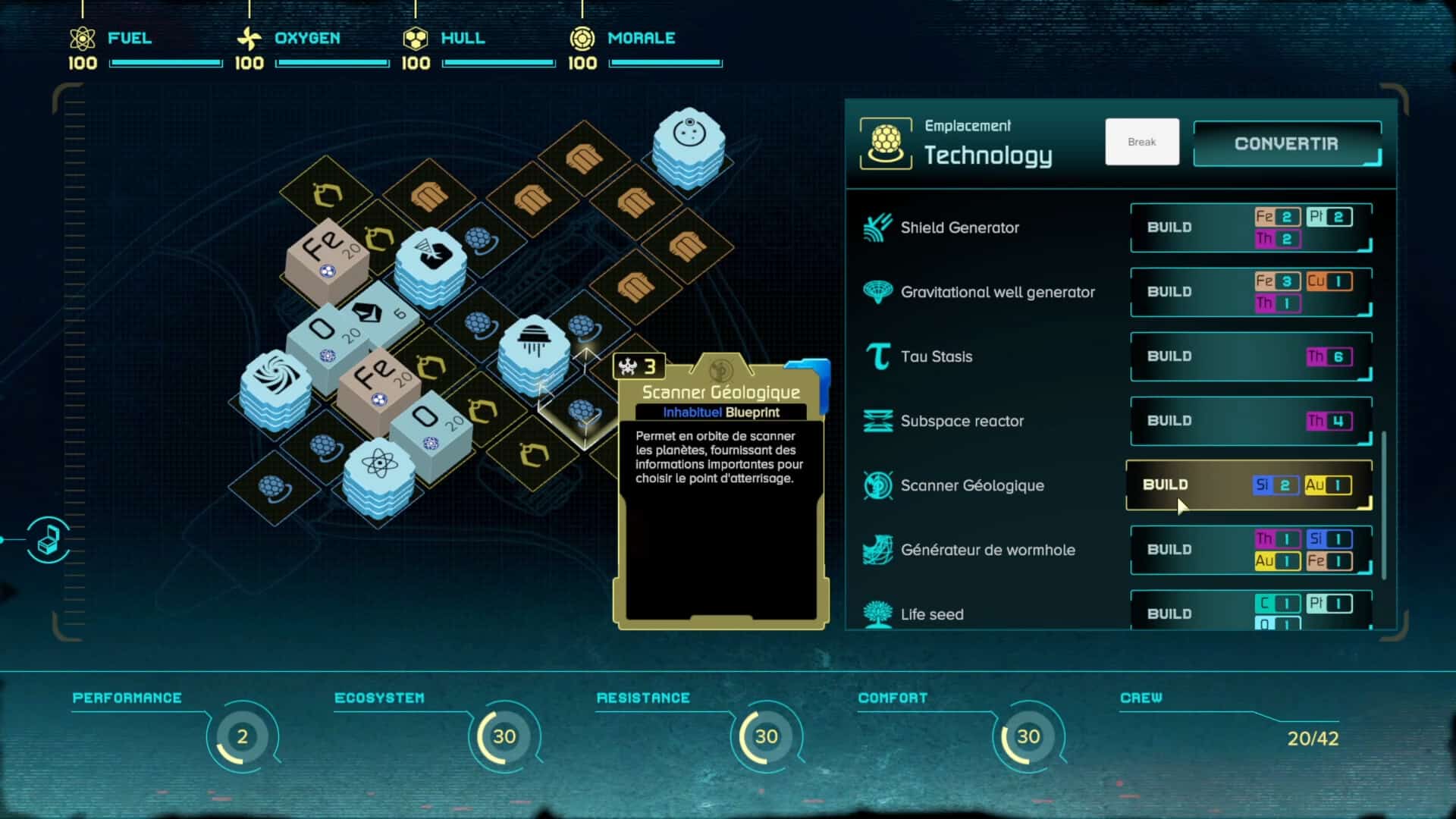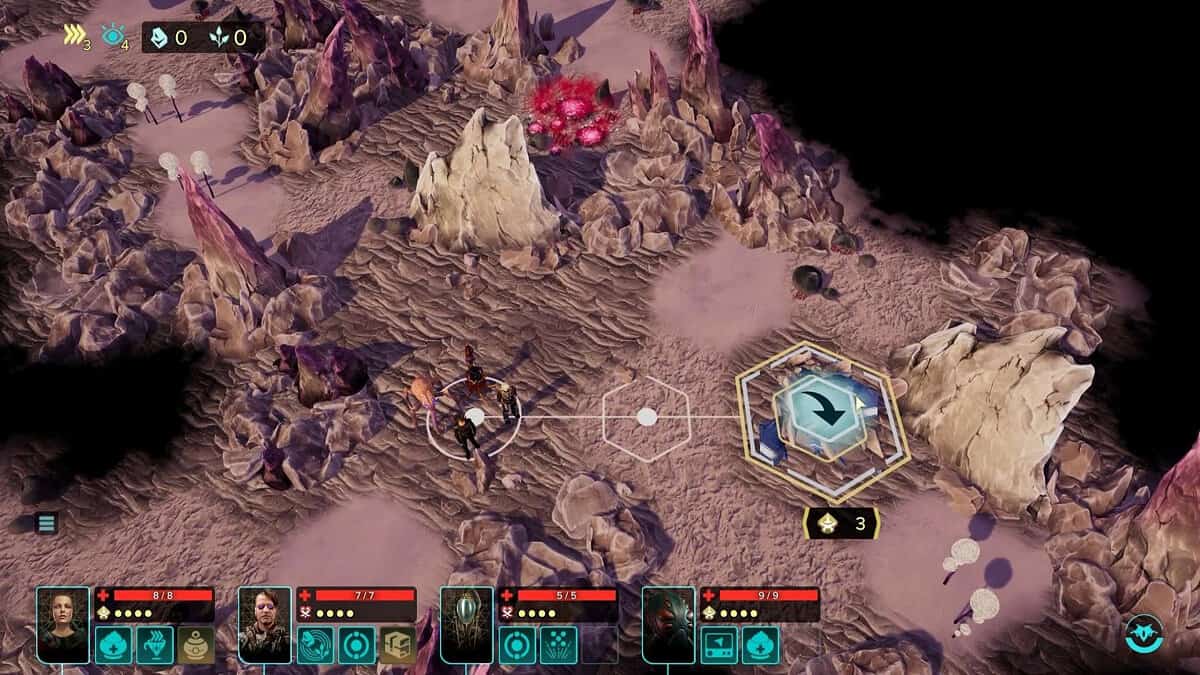Platform:
PC
Released:
May 27, 2022
Publishers:
WhisperGames, Modern Wolf, Fractale
Developers:
Mi-Clos Studio, Goblinz
Explore a vast, breath-taking comic book galaxy as you and your crew race to stop the legendary alien menace who escaped on your watch. Out There: Oceans of Time is an ambitious blend of sci-fi interactive fiction, strategy, and survival like nothing you’ve played before.
In a far-flung corner of the universe where humans are a discredited minority, you are entrusted with transporting the most dangerous being alive to an impregnable prison—and then it escapes. Now you must lead a team of explorers, misfits, and bounty hunters on a galaxy-spanning mission of redemption to find the Archon and recapture it before it is too late.
Out There: Oceans of Time is the sequel to Out There, the half-million-unit-selling indie hit from Mi-Clos Studio. An ambitious new vision for the Out There universe, Oceans of Time may excite fans of the previous game, but you don’t need to have played the original to jump in to this new edition. Oceans of Time is a standalone story in the Out There saga.
Out There: Oceans of Time plays as a survival sci-fi narrative adventure, with a rich backstory if you played the first game, and an intro that fills in the necessary details for those who didn’t. Out There: Oceans of Time is also set 100 years in the future, so not a lot of detail is crucial to have known, as life has changed dramatically since our protagonists, Captain Nyx and Commander Sergei, were first put into cryo-sleep.




“As a space game, I expected that there would be more exploration and variety to be had.”
Exploring the surface of the planets also underdelivered. In a pseudo-turned-based hexagonal tiled plane, players are given the opportunity to explore the planet with chests to find, resources to gather, and missions to accomplish. There may also be villages to visit to trade and recruit crew members. You have the opportunity to equip your ‘away team’ with buffs to help out, and each crew member has different abilities that can be used as well. This can range from healing to locating resources. This idea had the opportunity to be something amazing but instead ends up being underwhelming.
While navigating the hex tiles, you’ll come across hazards with a percentage chance of successfully passing through. Other speciality tiles might include side missions which are text-based adventures with 2 or more options to choose from depending on what crew members you have brought with you. A key feature missing in these hex-based exploration missions is a map. It is surprising that such a user-friendly tool is missing. You’d also expect that encounters increased in difficulty or challenge as the game progressed, but they really didn’t.


5.5
Average
Positive:
- Chill and cozy sci-fi story with dark undertones
- Great music
- Interesting narrative
Negative:
- Difficulty curve is steep then plateaus for the rest of the game
- Missing in-game information
- Lack of randomness in a vast universe
- Game can be punishing in an unfair way
Between the extreme early game difficulty curve and then the lack of challenge late game, Out There: Oceans of Time is a hard game to place. It provides an intriguing story with a great initial resource management system, however, it at points turns into a chore just to finish the story. The game boasts over 40 hours of gameplay with the ‘choose your own adventure’ style of story allowing for multiple playthroughs. However, knowing that there is a lack of randomly generated content, players might opt to skip the replay. For those looking for a super chill story with an initial challenge, this game might just be for you. If you are looking for a well-rounded sci-fi adventure, maybe check elsewhere.





